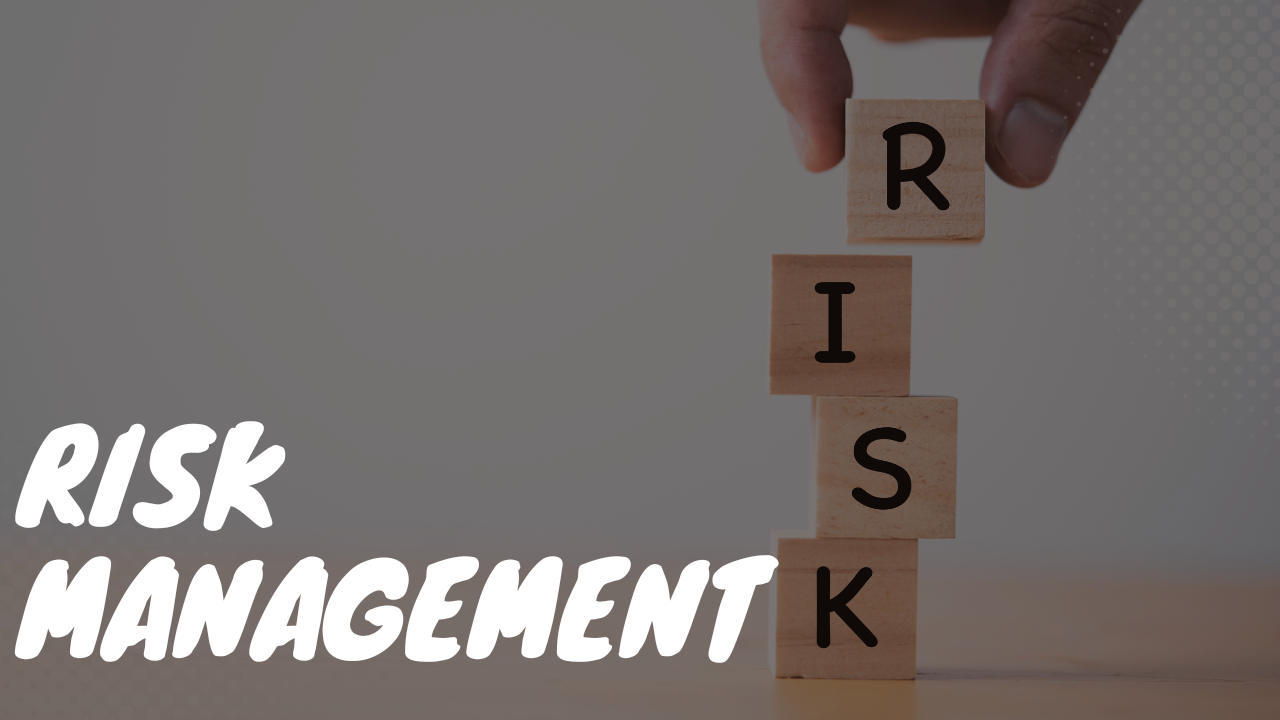Why Small Businesses Must Implement Ongoing Risk Management
Key Points
- Risk management is identifying, assessing, and managing risks to help protect against potential losses or liabilities.
- Risks can come from financial, operational, legal, or reputational risks.
- By identifying and assessing risks early on, you can take steps to mitigate or avoid them altogether.
The traditional security perimeter is no longer enough to keep organizations safe. Cybercriminals are increasingly sophisticated and can easily bypass perimeter defenses. Preventing sophisticated attacks requires a new approach that starts with risk management and extends security throughout the entire network. Risk management is vital for small businesses. Implementing ongoing risk management as a standard practice can help protect your small business against potential losses and liabilities.

What Is Risk Management?
Risk management is a proactive approach to security that starts with identifying assets and vulnerabilities and then implementing measures to protect against potential threats. By taking a proactive approach, organizations can reduce the likelihood and impact of security breaches.
Risk management starts with a risk assessment, identifying and evaluating potential security risks. Once identified, organizations can develop and implement strategies to mitigate or reduce those risks.
Risk management strategies can include developing security policies and procedures, implementing security controls, and increasing employee awareness. Organizations must continually monitor and adjust their risk management strategies as new risks emerge, and existing risks change.
Effective risk management requires a commitment from everyone in the organization, from the CEO to the front-line employees. When everyone understands their role in security and works together to reduce risks, organizations can better protect themselves from potential threats.
What Are the Components of Risk Management?
There are four main components of risk management:
- Asset identification: Organizations must first identify their assets, which can include things like data, systems, and people.
- Vulnerability assessment: Once assets have been identified, organizations must assess their vulnerabilities. Vulnerabilities are weaknesses that can be exploited by threats.
- Threat assessment: Organizations must then identify the potential threats to exploit their vulnerabilities.
- Risk mitigation: Once risks have been identified, organizations can implement strategies to mitigate or reduce those risks. Risk mitigation strategies can include developing security policies and procedures, implementing security controls, and increasing employee awareness.
These components work together to form a comprehensive risk management strategy. Organizations can better protect themselves from potential threats by taking a proactive and holistic approach to security.
What Are the Benefits of Risk Management?
There are many benefits of risk management, including:
- Reduced likelihood of security breaches: Organizations can reduce the likelihood of a security breach by identifying assets and vulnerabilities and implementing security measures.
- Reduced impact of security breaches: If a security breach does occur, risk management can help reduce the impact. Organizations can limit the damage and quickly recover from a breach by having policies and procedures in place.
- Improved security posture: A proactive approach to security can help organizations improve their overall security posture. Organizations can become more resilient to potential threats by identifying and addressing risks.
- Improved compliance: Risk management can help organizations meet compliance requirements related to data security and privacy.
Implementing Ongoing Risk Management in Your Business
As a small business leader, you always seek ways to protect and grow your company. One way to do this is by implementing an ongoing risk management strategy.
Here are a few tips to help you get started:
- Identify potential risks. The first step in risk management is identifying potential risks that could affect your small business. This can be done through various methods, such as brainstorming sessions, conducting surveys or interviews with employees, or reviewing previous incidents. Once you’ve identified potential risks, you can begin assessing them.
- Assess the likelihood and impact of each risk. The next step is to assess the likelihood and impact of each risk. This will help you determine which risks are more serious and must be addressed first. To assess the likelihood of a risk, consider how probable it is that the event will occur. To assess the impact of a risk, consider the potential financial or reputational damage that could be caused by the event if it were to occur.
- Develop mitigation strategies. Once you’ve identified and assessed the risks, you can develop mitigation strategies. Mitigation strategies are designed to reduce the likelihood or impact of a risk occurring. For example, if you’re concerned about the possibility of a data breach, you might implement safeguards such as encryption or two-factor authentication for your digital systems.
- Implement control measures. Control measures are designed to prevent or detect errors or fraud. For example, control measures for financial risks might include implementing Independent Reviews or separating roles within your accounting department so that one person cannot record and approve transactions.
- Monitor and review regularly. Risk management is not a static process; it should be revisited regularly so that new risks can be identified and existing mitigation strategies can be updated as needed. Depending on the size and complexity of your small business, this might be done quarterly, semi-annually, or annually.
By following these tips, you can help ensure that your small business is prepared for any potential risks that may come it’s way. Implementing ongoing risk management as a standard practice will help protect your business against losses—and allow you to sleep better at night knowing that you’re prepared for anything.
Applying Zero-Trust Principles to Your Risk Management Strategy
Zero-trust is a security principle that states that organizations should not automatically trust anything inside or outside their networks. Instead, all users, devices, and resources should be verified and authenticated before being granted access. Zero trust prevents cybercriminals from penetrating your organization by validating every user, device, and connection trying to access data or systems.
Adopting and implementing a zero-trust security strategy is not just about investing in the right technology. It’s about changing the way your organization thinks about security. Zero trust requires a shift in mindset from perimeter-based security to identity-based security. Organizations that have yet to make this shift are at a greater risk of data breaches and expensive cyber attacks.
According to IBM’s Cost of a Data Breach 2022 report, 41% of organizations revealed they have deployed a zero-trust security architecture, while the other 59% have not. The report also revealed the organizations that have deployed a zero-trust security architecture saved over 1 million dollars in data breach costs.
Zero trust is no longer a new or emerging technology – it’s a must-have for any organization looking to protect its data and systems. As the need for better security grows, so does the adoption of zero trust.
Wrapping Up
Risk management is an important part of running a successful small business. By identifying potential risks and implementing mitigation strategies, you can help protect your business against losses. Review your risk management strategy regularly to ensure that it stays up-to-date, and don’t hesitate to seek professional help if you need it.

